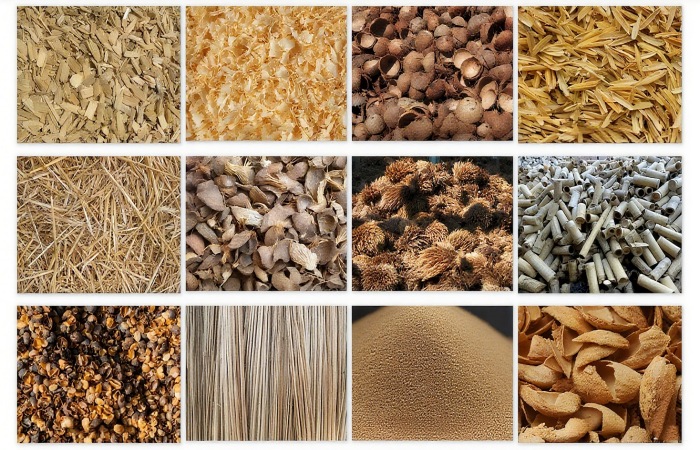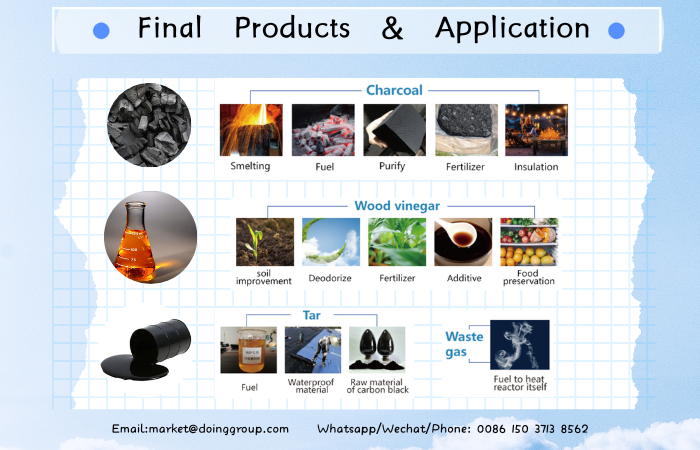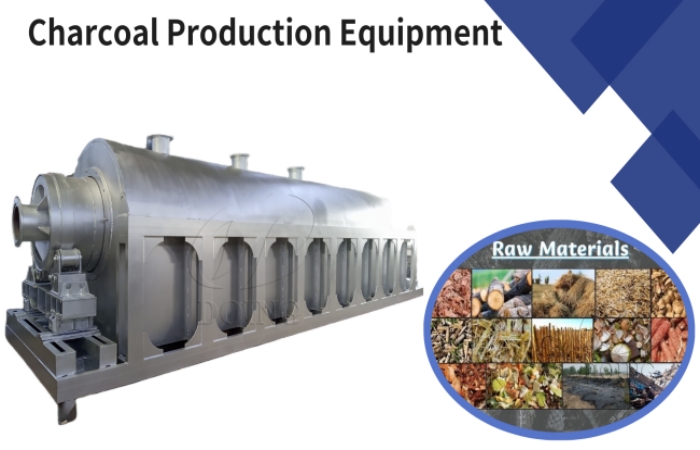 WhatsApp
WhatsApp

DOING HOLDINGS
Environmental Protection Equipment Manufacturer

Environmental Protection Equipment Manufacturer
In an era marked by the global push for sustainable energy and waste valorization, carbonization has emerged as a key technology to convert biomass into valuable resources. From wood chunks and sawdust to crop stalks and coconut shells, these lignin-rich feedstocks—often considered waste in rural and mountainous regions—become the foundation of eco-friendly fuel production. Through pyrolysis in oxygen-free environments, they are converted not only into high-quality biochar but also useful by-products such as wood vinegar and syngas, contributing to both environmental and economic sustainability.This process is central to modern biochar making biomass raw material conversion.
 Modern biochar making biomass raw material
Modern biochar making biomass raw material
Ideal materials share key characteristics: high lignin content, low moisture, and wide availability. The following common biomass raw materials for biochar production can be used as raw materials for making biochar:
Wood is one of the main biomass raw materials for biochar production. Usually there are: fruit wood, apple wood, oak, camphor, oak, beech, logs and so on. These woods have the advantageous characteristics of high density, high calorific value, burning time factory. It is suitable for the production and processing of biochar. When using wood, you need to remove the impurities such as bark and branches from the hardwood first. Then it will be crushed into appropriate size pieces by wood crusher. It is then processed for carbonization.
Sawdust is a kind of waste material produced during the process of wood production and processing. It can be used to make biochar after being processed by sieving, drying and other steps. Sawdust has a good calorific value and can provide a sufficient heat source. It can also serve to protect the environment and reduce waste, making it an excellent biochar making biomass raw material.
Agricultural wastes, such as branches, leaves, bamboo, straw and so on, can also be used as biomass raw materials for biochar production, which have low ignition point, high calorific value, light weight and other characteristics. After appropriate processing. Can be made into high-quality biochar.
Other biomass waste can also be used, such as: corn stalks, peanut shells, rice husks, coconut shells, fruit shells, corn straw, sugarcane bagasse, wheat straw, sunflower husks, pigeon pea stalks, empty palm fruit bunch(EFB), palm kernel shell, nut shell, etc. These wastes are also widely available and a common biomass feedstocks for making biochar, more economical. And the quality after carbonisation is better, expanding the range of available biochar making biomass raw material. In some special cases, sludge, animal manure, kitchen waste, etc. can also be processed and recycled by carbonization furnaces under certain circumstances.
 Biomass raw material carbonization final products and applications
Biomass raw material carbonization final products and applications
To sum up, the main raw materials of biochar making plant are: wood, sawdust, wood chips, coconut shells, etc.. Waste biomass raw materials can also be used for biochar production. However, having suitable raw materials is only part of the equation; producing high-quality biochar consistently also requires advanced, reliable carbonization equipment designed to optimize the pyrolysis process.This is the key advantage of DOING carbonization technology, which provides precision-engineered carbonization furnaces to convert these raw materials into high-value biochar with outstanding efficiency and reliability.
DOING's biomass carbonization furnaces are engineered to maximize both output quality and operational efficiency. With temperature control accuracy within ±5℃, they ensure uniform carbonization, preventing issues like incomplete or over-carbonization. Excellent sealing performance effectively isolates oxygen, avoiding raw material oxidation while reducing heat loss and energy consumption. Built with high-temperature-resistant alloys and refractory materials, our furnaces maintain structural integrity under continuous operation, offering enhanced heat retention and corrosion resistance.
 DOING biochar production carbonization furnaces
DOING biochar production carbonization furnaces
The highly automated system in DOING biochar production carbonization furnaces enables intelligent control throughout the entire process—from feeding and temperature adjustment to discharging—minimizing manual intervention and operational complexity. Depending on production needs, we offer a range of models tailored to different capacities: compact units for small-scale processing of 8-10 tons per day, batch-type systems for medium outputs of 10-20 tons, and fully continuous industrial furnaces capable of processing over 20 tons daily with higher automation and gas recycling. This flexibility ensures optimal efficiency, lower unit costs, and enhanced energy recovery—making the entire process more economical, scalable, and environmentally friendly across various production scales.
While the choice of raw material is fundamental to producing high-quality biochar, the role of professional carbonization equipment cannot be overlooked. DOING carbonization furnaces integrate precision, durability, automation, and energy-saving technologies to help you achieve efficient and sustainable biochar production. If you are looking to start or upgrade your biochar making plant, we invite you to contact us for more product details and solutions tailored to your needs.